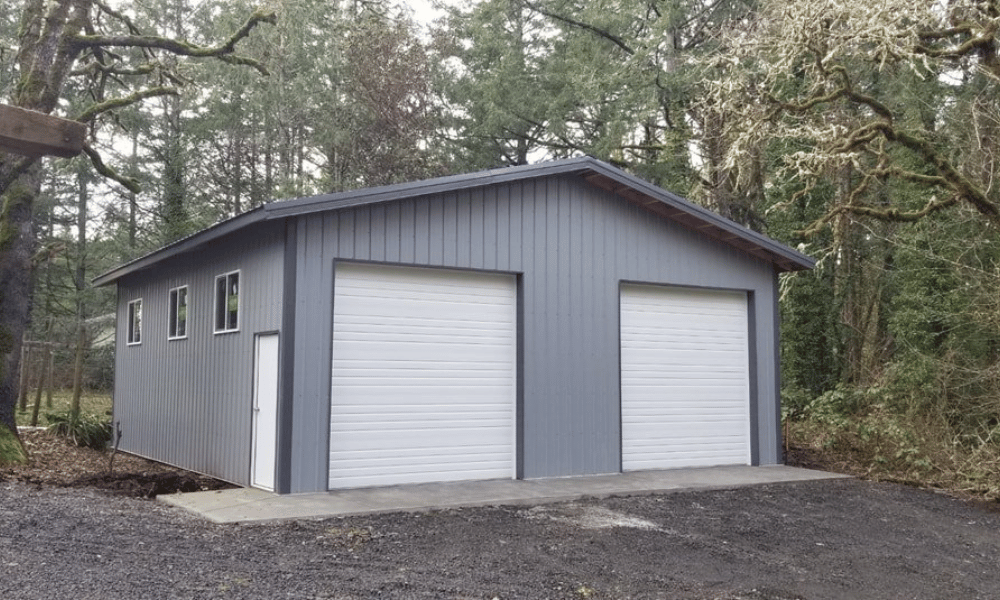Introduction
In the world of construction, choosing the right method can be a daunting task. With various approaches available, each offering its unique benefits and challenges, making an informed decision is crucial. This article delves into the question: Which Construction Method is Right for You? Comparing Approaches. By examining different construction techniques, including traditional stick framing, concrete block construction, and innovative designs like pole barns, we aim to provide you with comprehensive insights to guide your choice.
Understanding Construction Methods
Defining Key Terms in Construction
Before diving deep into different construction methods, it’s essential to understand some key terms:
- Construction Method: The technique employed to erect buildings. Building Materials: The substances used in the construction process, such as wood, concrete, steel, etc. Design Philosophy: The overarching approach to the aesthetics and functionality of a structure.
Why Choosing the Right Method Matters
The impact of selecting an appropriate construction method cannot be overstated. From budget constraints to sustainability practices and aesthetic value, the right choice affects not only the project’s success but also its longevity and maintenance.

Which Construction Method is Right for You? Comparing Approaches
Traditional Stick Framing
Overview of Stick Framing
Stick framing is one of the most common methods used in residential construction. It involves constructing a frame using vertical and horizontal wooden beams.
Benefits of Stick Framing
Cost-Effective: Generally requires less material than other methods. Flexibility in Design: Easy to modify plans during construction. Speed of Assembly: Quick installation compared to heavier materials.Challenges Associated with Stick Framing
Susceptibility to pests (like termites). Vulnerability to fire if not treated properly. Limited insulation properties without additional treatments.Concrete Block Construction
What is Concrete Block Construction?
This method uses large blocks made from cement and aggregate.
Advantages of Concrete Blocks
Durability and Strength: Highly resistant to weather conditions. Fire Resistance: Does not burn like wood. Energy Efficiency: Provides excellent thermal mass which helps regulate temperature.Drawbacks to Consider
Higher initial costs compared to wood framing. Slower construction time due to heavier materials. Limited design flexibility once blocks are laid.Pole Barns as an Alternative Approach
Understanding Pole Barns
Pole barns are structures supported by large poles embedded in the ground or set on concrete piers.
Benefits of Building with Pole Barns
Cost Efficiency: Generally cheaper than traditional building methods due to lower material costs. Versatility: Can serve multiple purposes such as storage, workshops, or even homes. Quick Assembly: Often takes less time compared to traditional framing methods.Challenges When Considering Pole Barns
Aesthetic Limitations: May not fit all design preferences or neighborhood standards. Building Codes: Some areas have specific regulations regarding pole barn constructions that could complicate building permits.Comparing Different Methods Side by Side
| Feature/Method | Stick Framing | Concrete Block | Pole Barns | |-------------------------|---------------------|--------------------|---------------------| | Cost | Moderate | High | Low | | Durability | Moderate | High | Moderate | | Flexibility | High | Low | Moderate | | Assembly Time | Fast | Slow | Fast | | Fire Resistance | https://akama.com/company/Dean_Lindsey_Construction_ad8fb3908126.html Low | High | Moderate | | Pest Control | Low | High | Moderate |
Factors Influencing Your Choice
1. Budget Constraints
Your financial capacity plays a significant role in determining your preferred construction method.
2. Intended Use
The purpose of your structure will dictate which materials will best suit your needs—be it residential living or agricultural use.
3. Local Climate Conditions
Weather patterns can influence your choice; for example, regions prone to wildfires may benefit from concrete over wood framing.
4. Personal Preference
Aesthetic considerations often drive decisions about construction types; some homeowners prefer traditional appearances while others may opt for modern designs like pole barns.
FAQs About Construction Methods
1. What is the cheapest method for building a house?
Pole barns tend to be more cost-effective than both stick framing and concrete block constructions due to reduced material requirements and quicker assembly times.
2. Can you use pole barns for living spaces?
Yes! While traditionally used for storage or agricultural purposes, many people now convert pole barns into beautiful living spaces with proper insulation and aesthetics applied.
3. How do I know if my area has restrictions on pole barn constructions?
Always check with local zoning offices or building departments; they will have information on any restrictions or required permits related to pole barn constructions in your area.
4. Are concrete blocks environmentally friendly?
Concrete production has a significant carbon footprint; however, once built, concrete structures can provide lasting energy efficiency benefits that help offset this impact over time.
5. How long does it take to build a stick-framed house?
On average, constructing a stick-framed home takes between three months up to six months depending on size and complexity; factors such as weather can also affect timelines considerably.
6. What maintenance do pole barns require?
Regular inspections for structural integrity are important; additionally, ensuring that poles remain dry prevents rot while maintaining paint or protective coatings prolongs lifespan significantly.
Conclusion
Choosing the right construction method requires careful consideration of numerous factors ranging from budgetary constraints and intended use cases all the way through personal preference regarding aesthetics or durability needs—each option comes with its own unique advantages as well as challenges worth evaluating before making any decisions! Whether you're leaning towards traditional stick framing techniques or considering innovative solutions like pole barns—understanding these foundational elements will empower you towards making educated choices tailored specifically around what matters most within your individual circumstances when asking yourself — "Which Construction Method is Right for You? Comparing Approaches.”
By weighing all aspects thoroughly against one another through research coupled alongside expert advice whenever necessary—you'll ultimately find peace knowing you've chosen wisely!